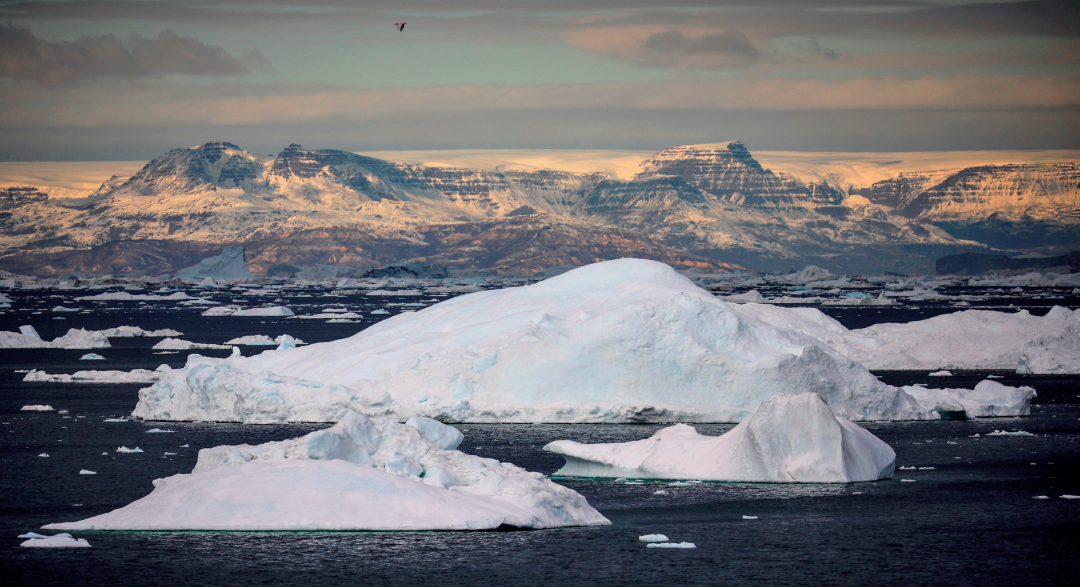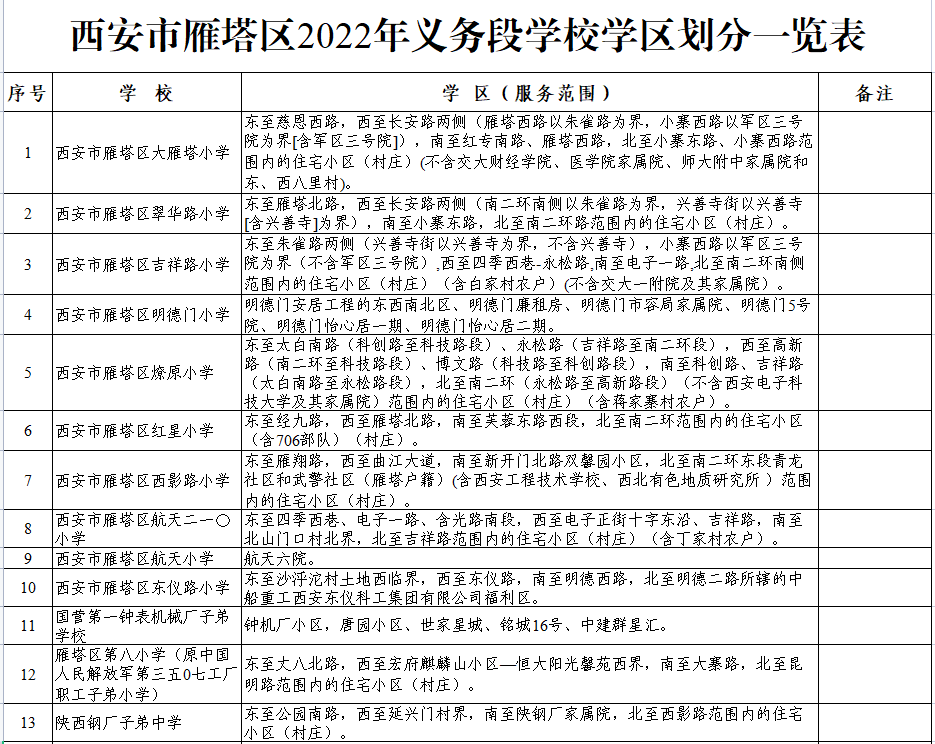Under the Arctic ice shell, another "Middle East" may be hidden
Author:Look at the think tank Time:2022.06.29
Global warming, glaciers melt, Arctic, the ice beauty who has been hidden by the earth by 2.7 million years, is stepping up the mysterious veil from the edge of the human stage to the spotlight. Great change. This has also raised new issues to today's development: Does the Governance of the Arctic rely only on the Arctic countries, or do you need more strength?
The Arctic is likely to become a treasure house for humans, play a demonstration of the new model of global governance, and may become a new conflict point. The reason why this problem is important is that in the context of the rapid changes in climate change and the rapid changes in the international political and economic pattern, the high risks faced by the various types of resources and energy in the Arctic The field is wide and challenged the existing Arctic governance structure.

Denmark Gulf of the Gulf of Denmark (Photo taken on September 14, 2021). Global climate change leads to warming the Arctic region, and the ice of the Arctic Ocean is reducing Xinhua News Agency / Reuters year by year
Wen | Wang Jiefeng
This article is reproduced from the WeChat public account "Outlookweekly1981" (ID: Outlookweekly1981). The original first was released on June 25, 2022. The title is "Climate Warm Ecessary Arctic Value".
1
The biggest change is global warming
The results of the research of Chinese Ocean University experts published in 2015 by the Journal of Earth Sciences Journal shows that due to the "polar amplification phenomenon", the Arctic has become one of the areas with the most significant influence of global warming. 2 to 3 times.
This phenomenon and the rapid melting of sea ice not only changed the meteorological elements and landform characteristics of the Arctic Land, but also adjusted the circulation system in the middle latitude region of the northern hemisphere by disturbing the atmospheric wave activity. Social and economic life of densely populated North America and ASEAN.
The first is the Arctic country.
An example is the rare fire in these countries in recent years. In the past high latitudes: from 2017 to 2019, major fires occurred twice within three years in Gesham Island, Danish; in 2018, Sweden, Norway, and Finland have recorded records in May in May. The highest temperature in the same period, subsequent forest fires occurred; since 2019, more than 400 fires have occurred in Alaska in the United States, with an area of more than 32,780 hectares.
At the same time, the rapid decrease in the Arctic Ice layer has also led to the increase in the absorption of the solar energy of the Arctic Ocean, which in turn has further exacerbated global warming.
In 2014, researchers at the Institute of Marine Studies, the University of California, San Diego, used satellite observations to find that the area of the North Pole Ice Classes was 2 to 3 times the expected area of the previous 30 years, which caused the energy that the earth absorbed additional It is equivalent to a quarter of the energy absorbed by global carbon dioxide gas such as carbon dioxide.
In addition to changing the climate system that causes extreme weather in the Arctic region to cause extreme weather and affect the northern hemisphere, the important impact of global warming on the Arctic is that it has irreplaceable value in strategic, economic, scientific research, environmental protection, channels, and resources. Essence
For example, the energy and resources below the ice cover are becoming suitable for mining, and the number of navigable days in the northern channel is increasing year by year. In today's tight energy and mineral resources, the rich Arctic is related to the future development of human beings. The value of the Arctic channel on trade security and supply chain is also increasing.
2
It is possible to change the energy resources supply pattern
For a long time, the international community's awareness of Arctic value is mainly concentrated on energy and minerals.
According to the Arctic oil and gas evaluation data released by the U.S. Geological Survey in 2008, the reserves of oil (including condensate) to be found in 25 areas north of the Arctic Circle are about 18.6 billion tons (134 billion barrels of oil), accounting for about the world to be discovered. The conventional oil resources are 15%; the natural gas is about 47 trillion cubic meters (42.3 billion tons of oil), accounting for about 30%of the world's to be found. According to the research made by the two marine geological experts of the internationally renowned consulting agency HIS in 2011, the crude oil reserves found in the Arctic were about 8.41 billion tons, and the natural gas was about 41.4 trillion cubic meters.
In comparison, data from the British Petroleum Corporation (BP) show that as of 2020, the natural gas in the world's most important oil and gas produced in the Middle East confirmed that the reserves were about 75.8 trillion cubic meters.
In other words, as far as natural gas reserves are concerned, the Arctic (47 trillion+4.14 trillion cubic meters) and the Middle East (75.8 trillion cubic meters) may be the same level.
In addition to oil and gas resources, the coal reserves of the Arctic are also very large. The estimated estimation of the International Energy Agency is as high as 1 trillion tons, accounting for about a quarter of the world.
The energy reserves of the Arctic region are huge, making it expected to become an important energy production area for human beings in the second half of this century.
The Arctic also has rich mineral resources, including iron, manganese, chromium, and crickets of black metals. Copper, nickel, cobalt, lead, zinc, tin, cricket, mercury, aluminum, rare metal, rare metal, rare metal , Tungsten, molybdenum, tadpoles, lithium, 铌, 钽, 锆, and 镧 镧 elements, precious metal gold, silver and platinum metals, non -metal mineral diamonds, graphite, asbestos, and strategic minerals Wait. According to the calculation of the Russian Academy of Sciences, the total value of mineral reserves in Russia's North Pole alone has reached 1.5 trillion to $ 2 trillion. Affected by global warming, these mineral resources are entering the appropriate development cycle. Also affected by climate change is the North Pole Fisheries resources -near the Arctic and temperate marine fish are constantly moving north. "Marine Fisheries" journal in 2013 stated that scientists have confirmed that 6 fish population has the high potential of expanding to the Arctic Ocean. At present, the United States and Norway, which are global fisheries, have more than half of the catastrophe from the Arctic waters.
These all indicate that the huge economic value of the Arctic is about to be released, and due to its huge volume, it is likely to change the existing global energy resources supply pattern.
3
New variables of global sea transportation
The Arctic is an important part of the global shipping system and an important benefit area for climate change.
There are currently two main channels in the Arctic: the Arctic:
One is the Northwest channel from Europe to North America. The line is Europe -Greenland -Canada Arctic Islands -northern bank of Alaska. This is the shortest channel between the Atlantic and the Pacific.
The other is the northeast channel from Europe to East Asia. The line is Western Europe -Northern Ocean -White Ling Strait -East Asia. Because the main voyage is north of Eurasia, it is also called the Northern Channel.
The northern channel is 40%reduced by 40%than the traditional European -Mediterranean -Suez Canal -Red Sea -Red Sea — Indian Ocean -Malacca Strait -South China Sea Channel, which saves about one week of transportation time and fuel costs of $ 650,000 per ship. In addition to saving time and cost, as a northern channel for the alternative channel, it is more related to the stability of the trade security and the industrial chain of the Asia -Europe mainland.
Earlier, Russia and even the Soviet Union had repeatedly considered opening the northern channel, but because the Arctic Ocean's perennial ice coverage was very high, it could only be sighing.
Now, global warming is bringing a new situation: between 1979 and 2021, in September, which was the smallest in the Arctic Ocean Ice, the area of sea ice decreased rapidly at a rate of 13%every ten years. Experts from the Special Commission of the UN Government's Judicar Change predict that the Arctic's era of non -ice -free will be more than half a century earlier than the end of this century at the end of this century, about 2050 years ago. According to the research by scholars such as Polar Geological Expert Zhao Yue, with the global warming, the window period of the Arctic Channel's navigation will continue to be extended. The annual navigation can be achieved throughout the year.
Global warming also highlights the commercial value and economic significance of the northern channel: from 2013 to 2020, the number of northern channels increased from 635 to 1002, and the total freight volume increased from 1.36 million tons to more than 33 million tons, becoming Asia and Asia and and Asia and and Asia It is important to supplement the multi -channel connection system in Europe, Asia and North America.
At present, the commercial navigation capabilities of the northern channel are further improving, and commercial vessels in the northern channel, especially freighters, are steadily increasing.
At present, the transportation goods of the two Arctic channels are mainly oil and gas, followed by various types of ore. The maximum load of cargo ship has reached 160,000 tons, which directly drives the development of the port, logistics, and economic and trade of the Arctic countries. It is worth noting that the development of the Arctic Channel cannot only rely on glacier ablation. Natural conditions and geographical conditions are just the foundation. It is necessary to build a safe and efficient international polar channel, which is inseparable from global cooperation in the fields of route safety, navigation rules, and shipping technology.
4
Where to go
As a secret place for the earth, the Arctic region has important scientific research value in geology, geography, ice, hydrology, meteorology, sea ice, biology, ecological, earth physics, marine chemistry and other fields.
For example, in the study of the climate and ancient environment, the Arctic has an irreplaceable position. This is mainly due to the extremely cold climate of the North Pole for thousands of years. The ice caps in some areas have been formed for a long time, with a thickness of several hundred or even a few kilometers. Dust, ashes, pollen, trace elements, air -soluble and other particles. This provides a carrier for drilling ice rock core samples from these areas and accurately obtaining ancient climate and environmental data.
During the Cold War, the US Army's Century Camp Military Research Base on Greenland was extracted from 2,000 meters under the ice sheet. The research of historical climate and environmental changes also provides reference for future climate and environmental forecasts.
Polar scientific research has important strategic value for the future of all human beings. All countries should have made great benefits and cooperate with each other, but this significance of great cause has not obtained consensus.
For example, on May 11, 2017, the Arctic Council held the 10th Ministerial Council in Felbax, USA to officially introduce the "Strengthening Agreement on the Adjusting International Science Cooperation" with compulsory binding. This is the third hard regulations issued by the Arctic Council following the "Arctic Sea Search and Rescue Cooperation Agreement" and the 2013 "Arctic Marine Petroleum Pollution Prevention and Copper Agreement". According to this agreement, the member states of the Arctic Council must open the Arctic territory of other member states for scientific research needs. The coverage is all the territories of member states except the northeast of Russia's demand for national defense safety. Leading the sea, leading, are as high as tens of millions of square kilometers. In contrast to this, the Arctic scientific research activities of other countries and international organizations outside the member states can only be firmly limited to the New Orbad, Wolbad Island, Wolbad Island, Norwa, which can only be signed in 1925. In the international scientific research area of less than 10 square kilometers, it was strictly under the strict jurisdiction of Norwegian domestic law.
The move marked the monopoly of the Arctic State of the Arctic governance, expanding from the fields of environmental protection and people's livelihood to highly strategic research fields. This arrangement hinders the development of Arctic scientific research.
A case that is opposite to this is that in order to effectively protect the ecological environment of the polar waters and also ensure the safety and standardized navigation behavior of polar navigation vessels, after years of negotiation and revision of the international maritime organization, it officially effective on January 1, 2017 has legal compulsory constraints. For the International Rules of Polar Water Shipping Operations.
This law not only changed the problem of lack of compulsory international traffic laws in the Arctic region, but also combined hard legal norms with the suggestion of soft guidelines to ensure the realization of the target of protective use. More importantly, it is the international community in the Arctic directors in the Arctic Director of the Arctic. The successful attempt of a joint cooperation outside the meeting has a pioneering and demonstration of the situation of building the Arctic governance system, changing the leading and soft constraints in the domain. This is also a positive case for the integration of Arctic governance into the global governance system.
At present, the environmental protection documents in the Arctic are not specifically aimed at the hard laws such as the international rules of Gonghai and the International Rules of Polar Water Shipping Operations. Related negotiations are huge. This also caused the abnormal summer wind and ice layer in 2020 to cause a large disappearance of the Arctic sea ice, which caused serious difficulties in the survival of polar bears, marine and seals.

- END -
Warm heart!Linyi Youth Volunteer interacts with college candidates to reduce pressure on the window
Qilu.com · Lightning News, June 8th News 2022 The college entrance examination in 2022 has begun, Linyi Youth Volunteer Association also joined the examination team, Set up the examination ass
The most complete version!Xi'an 2022 Compulsory Education School District is divided!

According to the requirements of Xi'an compulsory education enrollment admission p...